`
All pictures on this page are of Lindsey and off the track Thoroughbreds she has trained
Harmony Horsemanship is Lindsey's mash up of natural horsemanship and centered riding. Natural horsemanship is a training technique that uses communication and leadership instead of intimidation and fear. Centered riding is a technique to help riders be in better balance with their horses. Together these techniques offer harmony with the horse.
Harmony because the rider is moving with the horse in balance and because the rider is aware of horse psychology and how to connect with their horse.
Centered riding and natural horsemanship are their own techniques - many people study one or the other. Harmony horsemanship combines both of these techniques to improve riding position and balance, along side progressing horsemanship and the connection to the horse.
Harmony horsemanship improves your riding skills so that you can better communicate to your horse the things you want, and your horse is more likely to respond the way you want.
Centered Riding is an innovative way of expressing the classical principles of riding, using body awareness, centering, and imagery. Centered Riding encompasses all seats and styles of riding. It teaches a language that allows clearer communication between horse, rider, and instructor. Centered Riding was developed by Sally Swift, author of the best-selling book and videotapes, and is now taught by Centered Riding Instructors around the world.
Centered Riding is based on a knowledge of human and horse anatomy, balance, movement, and on understanding how the mind affects the body and how both affect the horse. It uses centering and grounding techniques from the oriental martial arts, along with body awareness, mental imagery and sports psychology. Through increasing body awareness, inhibiting old patterns, and replacing them with a more balanced, free, and coordinated use of self, both horse and rider can move more freely and comfortably, and develop their best performance.
Learn more here http://www.centeredriding.org/
You can learn even more about natural horsemanship by reading: ‘Natural Horsemanship Answering the What, Why, and How for ALL Disciplines by Lindsey Forkun’
Many people talk about natural horsemanship, so it can be hard to know what natural horsemanship really means. Some natural horsemen use sticks, others use clickers, and some talk about positive reinforcement. Natural horsemanship comes in many forms from many people but the principles of natural horsemanship remain the same no matter whom or where does it.
Natural horsemanship puts a focus on learning to understand horses – understand their psychology and understand their communication signals. If you do natural horsemanship you learn how to change your exercises, patterns, and rewards to suit the personality of the horse you are working with.
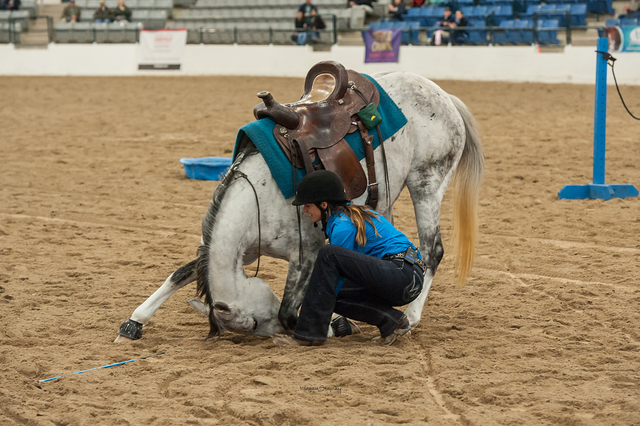
You become the leader of your horse by protecting your space and by being able to both move and touch your horse – this is the same way that horses in the herd know who the leader is. The leader can touch and move whoever they want in the herd, but no other horse can make the leader move or touch the leader without permission.
Natural horsemanship is not a strict process, a discipline, or a set of formal exercises. Natural horsemanship is learning about horses, and using that knowledge to work with any horse from any discipline.
Traditional training methods often ignore communication signals from horses. Many horse professionals don’t understand the wide variety of signals a horse can give like what it looks like when a horse is asking a question.
Many traditional trainers also don’t understand horse psychology so they don’t know how to fix common misunderstandings, vices, and bad habits without using force and intimidation. For example, when a horse is being girthy, a horse rushing jumps, a horse not wanting to get on a trailer, or a horse not wanting to go forward and work are common issues people have with horses. Many traditional horse trainers simply would use force and fear in these situations to make a horse do what they want even though the horse might actually be confused, scared, or tired.
For example the horse being girthy might have a sore back and actually need a new girth or saddle, the horse rushing jumps could be nervous and to fix the issue needs to do confidence building exercises instead of jumping, etc.
Some people force horses to perform by using excessive whipping, spurring, or using contraptions like draw reins, twitches, or side reins. Only using force and intimidation causes a horse to become scared of the handler and can sometimes make the horse even more dangerous. Using force with horses really damages the partnership with the human and causes the horse to not want to work for the human. A horse will perform much better if they are a willing partner.
When you practice natural horsemanship you understand how to look for signs of pain, how to relax a horse, how to build confidence and trust with a horse, how to be a leader over a dominant horse, and how to solve many other issues.
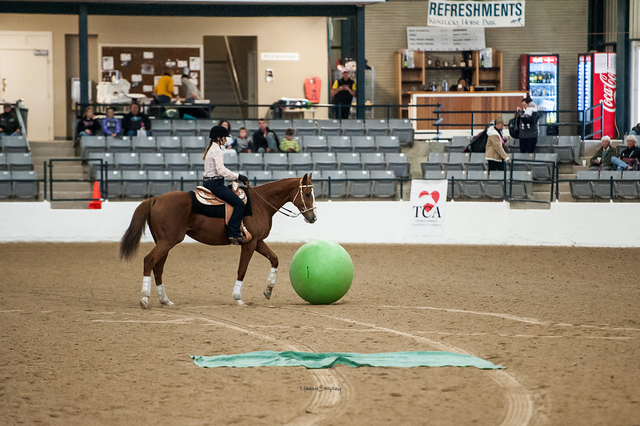 Being really forceful with horses isn’t good, but having no leadership and letting the horse do whatever they want is also damaging for the partnership. Letting horses decide what to do and how to do it all the time can make horses feel nervous or become dominant.
Being really forceful with horses isn’t good, but having no leadership and letting the horse do whatever they want is also damaging for the partnership. Letting horses decide what to do and how to do it all the time can make horses feel nervous or become dominant.
Horses can become nervous if the human lets them do whatever they want because they think they don’t have a leader to follow (because the human isn’t providing any direction, focus, or leadership) – which is scary for horses because most horses want to find a leader to follow. Horses can become dominant because someone has to be a leader, and if it isn’t the human then the horse needs to be the leader.
Using natural horsemanship does not mean that you will never be firm with a horse. It is very important to protect your personal space and not allow a horse to push or move you. You may have to be firm with a horse to keep them out of your space; however, a natural horseman will never strike a horse in punishment.
Using natural horsemanship helps the horse know you are the leader they should follow. Remember - some people use natural horsemanship without knowing it and some people say they use natural horsemanship, but they don’t.
 Natural Horsemen WILL:
Natural Horsemen WILL:
- Teach the horse to be a partner: a natural horseman will teach the horse to have responsibilities like to maintain direction, speed, and to watch where they are going. Letting horses have responsibilities helps build a better partnership. This means the handler won’t micromanage the horse – the handler will allow the horse to learn, make mistakes, and have trust – but the handler will correct the horse as needed.
- Understand horses: the natural horsemen will really try to learn and understand horses including the types of exercises and tasks that work well for each type of horse personality.
- when a horse is asking a question,
- when a horse is showing they are nervous
- when a horse is frustrated
- how and what to communicate back to the horse
- Put foundation before specialization: a natural horseman will make sure a horse has solid basics before moving on to more specialized tasks. For example, if a horse does not
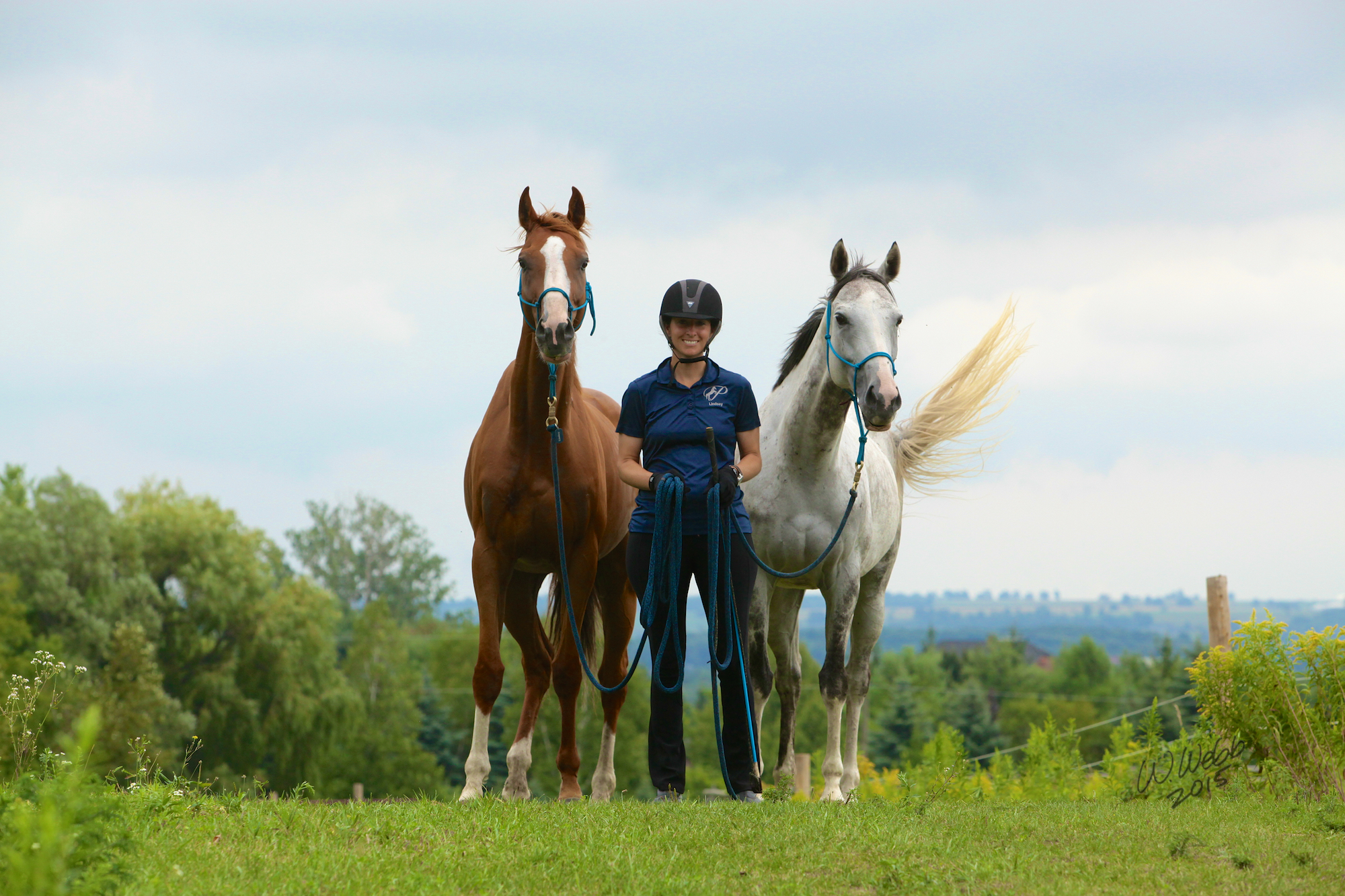 accept a halter willingly then they would not try a bridle and bit.
accept a halter willingly then they would not try a bridle and bit. - Use ground training: a natural horseman knows that horses build understanding and trust more easily when we work with horses from the ground. The natural horsemen will teach what they can from the ground to help the horse’s understanding and trust before getting in the saddle.
- Always start with the ideal cue: natural horsemen understand that you cannot expect a horse to respond to a lighter cue unless you offer a soft and light cue. For example, if you want the horse to stop by simply tensing your hips then you must always start with that cue (i.e tense your hips, and then lift your reins to add pressure to ask for halt as needed).
- Practice Life Long Learning: any good horsemen will know that you are never done learning when it comes to horses. Horses always teach us new things and a natural horseman knows to always be ready for more learning.
Natural Horsemen will NEVER:
- Punish a horse: horses do not understand punishment so a natural horseman will not do it. For example smacking a horse for refusing a jump usually just causes the horse to be more dangerous because the horse becomes scared of both the jump and the handler – this can cause bucking, bolting, and/or rearing. The natural horseman would try to understand why the horse isn’t jumping, and then respond appropriately. Any pressure put on a horse is always a signal to do something. When the horse tries to give the right answer the horse is rewarded by the handler removing the pressure. For example, when a horse refuses a jump and is smacked for disobedience, there is nothing the horse can do in the moment to make things ‘right’ (unless you expect the horse to jump from the stand still position), so the horse should not be smacked.
- Use tools that do not allow the horse a choice: natural horsemen believe that horses are partners and that horses have responsibilities and choice. A natural horseman will only use tools that help a horse in the right direction, but never force. For example when trailer loading, a natural horseman would never put a rope around the horse to pull the horse into the trailer. A natural horsemanship might use a stick to gently tap and annoy the horse to help the horse understand they should try going into the trailer, but the natural horsemanship never causes fear or pain, and never uses physical force to make a horse do something they aren’t ready for.
There are many natural horsemanship principles that are the foundation to training horses. To learn all of the principles you can read: ‘Natural Horsemanship Answering the What, Why, and How for ALL Disciplines by Lindsey Forkun’.
You start with basic cues and movements. Once you can do the basics you can put cues together to make patterns and more challenging tasks. You reward your horse with something that works for your horse – for some horses that could be a rest break and others it could be going for a trail. You learn to understand horses on a deeper level and how to use that understanding to bring out the best training and partnership you can have.
Horses understand natural horsemen, and natural horsemen understand horses.
Learn more about natural horsemanship and get started - order your copy of 'Natural Horsemanship: Answering the What, Why, and How for ALL Disciplines" By Lindsey Forkun
Lindsey founded started coaching and training in 2002 after many years of horse experience – Lindsey competed in her very first horse show in 1993 riding her favourite school horse, Dusty.
Lindsey started riding when she was 8 years old. She took lessons from a few places including Tanglewood Farms, but she ended up at Foxfire Equestrian Centre learning from hunter/jumper coach Shirley for most of her young riding years. Lindsey’s parents bought her Generals Mission, a lovely 4yr Quarter Horse gelding, at the age of 13 from Foxfire.
Lindsey rode English, Western, Dressage, Eventing, Jumper, Hunter, Trail, and Speed Events all with her gelding ‘Mission.’ She earned many champion and reserve titles and in her first year of Show Jumping with the Canadian Pony Club she was Champion at 3 out of 4 qualifiers, Champion at the Regional Championships, and ranked 1st overall in her division. She also won awards in all of the disciplines she competed in and she was awarded the Charlie’s Pride Memorial Award for versatility two years in a row from Durham Saddle Club.
Lindsey grew up with ‘traditional’ instruction – she was taught to crop a horse when they refused jumps, and to use a harsh bit when the horse was hard to stop. She always wondered if there was a better way, and she just hated using the crop.
When Lindsey started working at Pleasure Valley (www.pleasurevalley.ca) Lindsey mentored with Gary Convery. She learnt natural horsemanship and never looked back. She learned to understand her horse, how to respond to her horse, and how to get her horse to want to work with her.
Lindsey advanced to new levels, winning many more awards at shows, but also having fun with safer trail riding and a much easier time working with the horses. Trailer loading used to be a nightmare and guessing game – but with natural horsemanship it became a breeze.
In 2002 Lindsey was receiving many requests for lessons because people would see the success she had with her own horse and wondered if she could help. Lindsey started doing some horse training and lessons and continued learning from Gary.
In 2005 Gary passed away and Lindsey was left without a mentor. It was a very sad year, but Lindsey progressed to find Don Halladay. Don is a 5 star Parelli Natural Horsemanship Instructor from western Canada. Lindsey has taken many clinics with Don over the years and has continued her learning with Don and other Parelli instructors including Randee Halladay, Maureen & Todd Owens, and Kathy & John Baar. Lindsey has continued to learn from others about natural horsemanship techniques including from Tom Shields and David Cowley. Lindsey strongly believes we always have something to learn and she strives to continue her own education with horses.
Lindsey found that natural horsemanship was teaching so much about horse psychology and how to work with horses, but she longed for more instruction about improving riding position. That lead Lindsey to find centered riding back in 2014. She quickly became immersed in the techniques and participated in clinics with Peggy Brown, Esther Johnson, Margreet Boumeester, and others - she also went to Maine to complete the Centered Riding Instructor's Course with Sam Morrison and Margreet Boumeester. She acheived her Centered Riding Instructor Level 1 in June of 2015.
Since 2002 Lindsey has grown and changed. In October of 2012, Lindsey started a new farm, Partridge Horse Hill. Lindsey still teaches lessons and does horse training, but Partridge Horse Hill has introduced new staff and services to include clinics, summer camp, trail activities, and more.
Lindsey has also written many articles which have been featured in many different horse magazines including the prestigious ‘Canada Horse Annual’ and Horse Power. She has also been on Rogers Daytime Telvesion promoting natural horsemanship and published a book!
Her book is: ‘Natural Horsemanship Answering the What, Why, and How for ALL Disciplines by Lindsey Forkun’
Lindsey became a Certified Coach of Ontario in the sport of Equestrian in 2006 and obtained her Ontario Equestrian Federation/ Equine Canada Rider Level 8 in 2009. She received her Gold coach and trainer status from the NHA in 2013, her Parelli Natural Horsemanship Level 3 in 2014, centered riding instructors level 1 in 2015, and in 2015 she won the Thoroughbred Makeover Competition with her horse 'Soar' at Kentucky Horse Park.
Lindsey continues to learn from various instructors and clinics to continually grow with horses.
 Lindsey specializes in retraining off the track Thoroughbreds such as the horses pictured on the right on this page.
Lindsey specializes in retraining off the track Thoroughbreds such as the horses pictured on the right on this page.
Partridge Horse Hill and harmony horsemanship can help you whether you are headed to the show ring, trails, or just playing around the barn. Harmony horsemanship is for everyone who works with horses.
Many people don’t think natural horsemanship works in the competition world – they are wrong! Lindsey has spent many years competing and coaching at shows. Her knowledge of both the competition ring and natural horsemanship makes her an ideal person to work with. She is able to show you how easy it is to improve your partnership with your horse without leaving the competitive world.
Lindsey shows you how you can get your horse to want to compete and try for you – which can make all the difference in the show ring!
 You can work with your own horse or with one of ours. With Partridge Horse Hill and natural horsemanship you can accomplish things you’ve only dreamed of!
You can work with your own horse or with one of ours. With Partridge Horse Hill and natural horsemanship you can accomplish things you’ve only dreamed of!
Lindsey’s diverse experience of working with people with all backgrounds-from beginners to advanced, from hunter/jumpers to gaited breeds to western or pleasure riders, from kids to adults, or nervous to confident riders, - Lindsey has experience to help you succeed.
Partridge Horse Hill has expanded over the years to include other staff members that are also passionate about natural horsemanship.
Get started with natural horsemanship by reading:
‘Natural Horsemanship Answering the What, Why, and How for ALL Disciplines by Lindsey Forkun’
See Lindsey in the news for winning the makeover at these articles:
- http://www.horsechannel.com/horse-news/2015/11/meet-americas-most-wanted-thoroughbred.aspx
- http://www.horsecollaborative.com/americas-most-wanted-thoroughbred-is/
Check out our Services: Click Here
Lindsey - Owner, Gold certified NHA (Natural Horsemanship Association) coach & trainer, OEF (Ontario Equestrian Federation) certified rider level 8, Certified Coach of Ontario in the sport of Equestrian, Officially passed Level 3 Parelli L3+, Centered Riding Level 1 Instructor, Registered Nurse, over 20 years experience with horses and Author of Natural Horsemanship Answering the What, Why, and How for ALL Disciplines Lindsey is available for lessons, training, summer camp, clinics, and special events
Danica - Silver certified coach and trainer by the Natural Horsemanship Association, Experienced rider and with natural horsemanship, Danica got her feet wet with coaching at summer camp 2013 and has continued to coach beginners and novices at Partridge Horse Hill.
Caileigh Anne - Pending silver certification from the Natural Horsemanship Association, She has been riding and showing for many years and has been coaching students primarily in hunters. When Caileigh joined PHH in 2013 she learnt natural horsemanship and did assisting coaching in 2014 summer camp and as of fall of 2014 is now a coach of PHH.
We also have many helpers at the farm - learn more about our helpers program








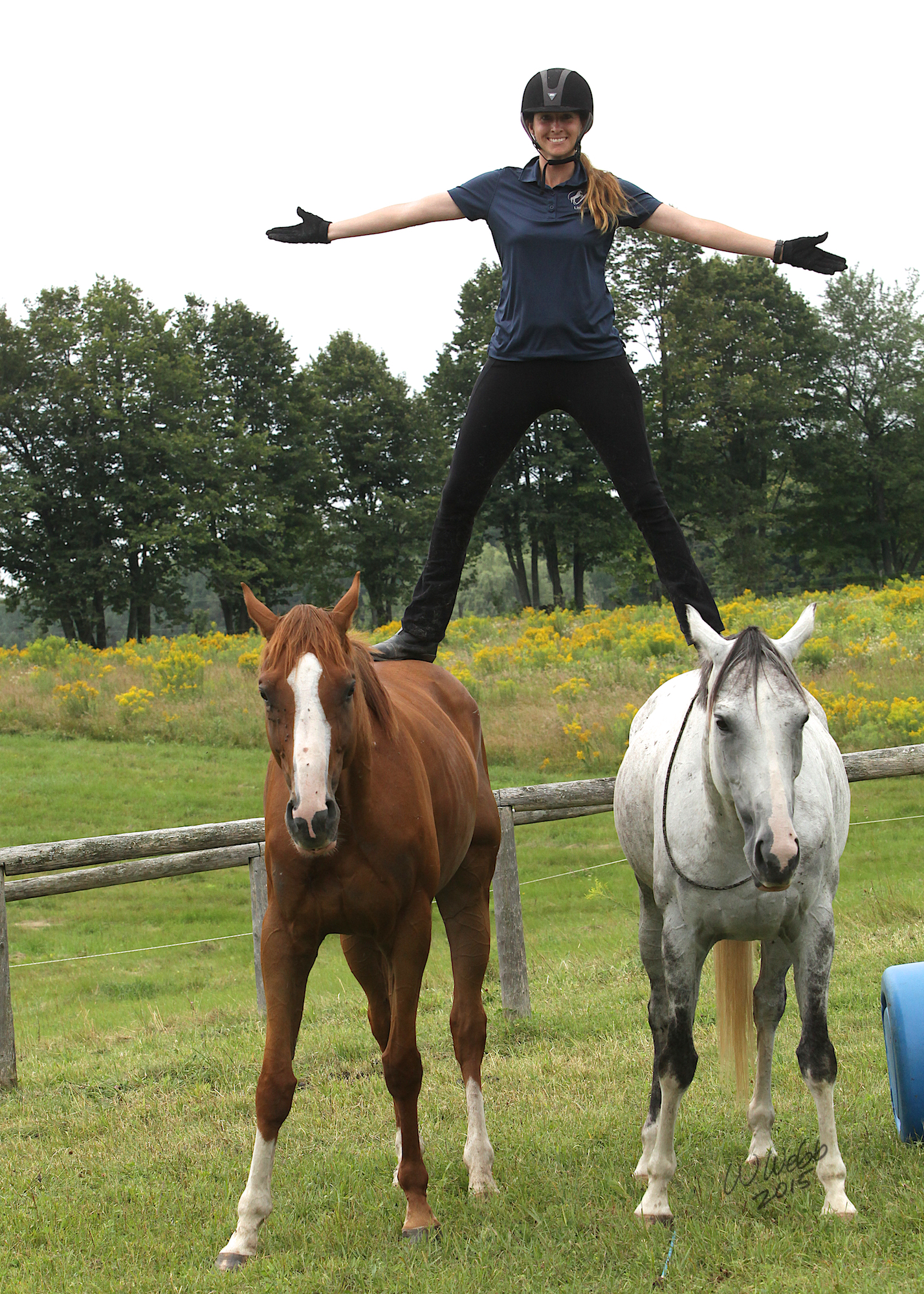
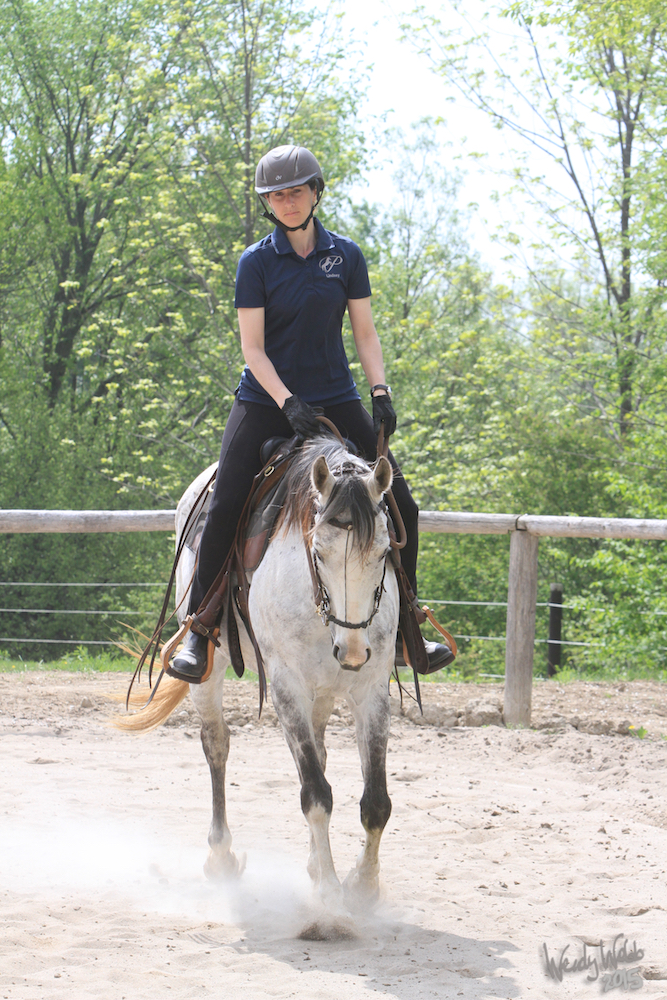 Learn About Centered Riding
Learn About Centered Riding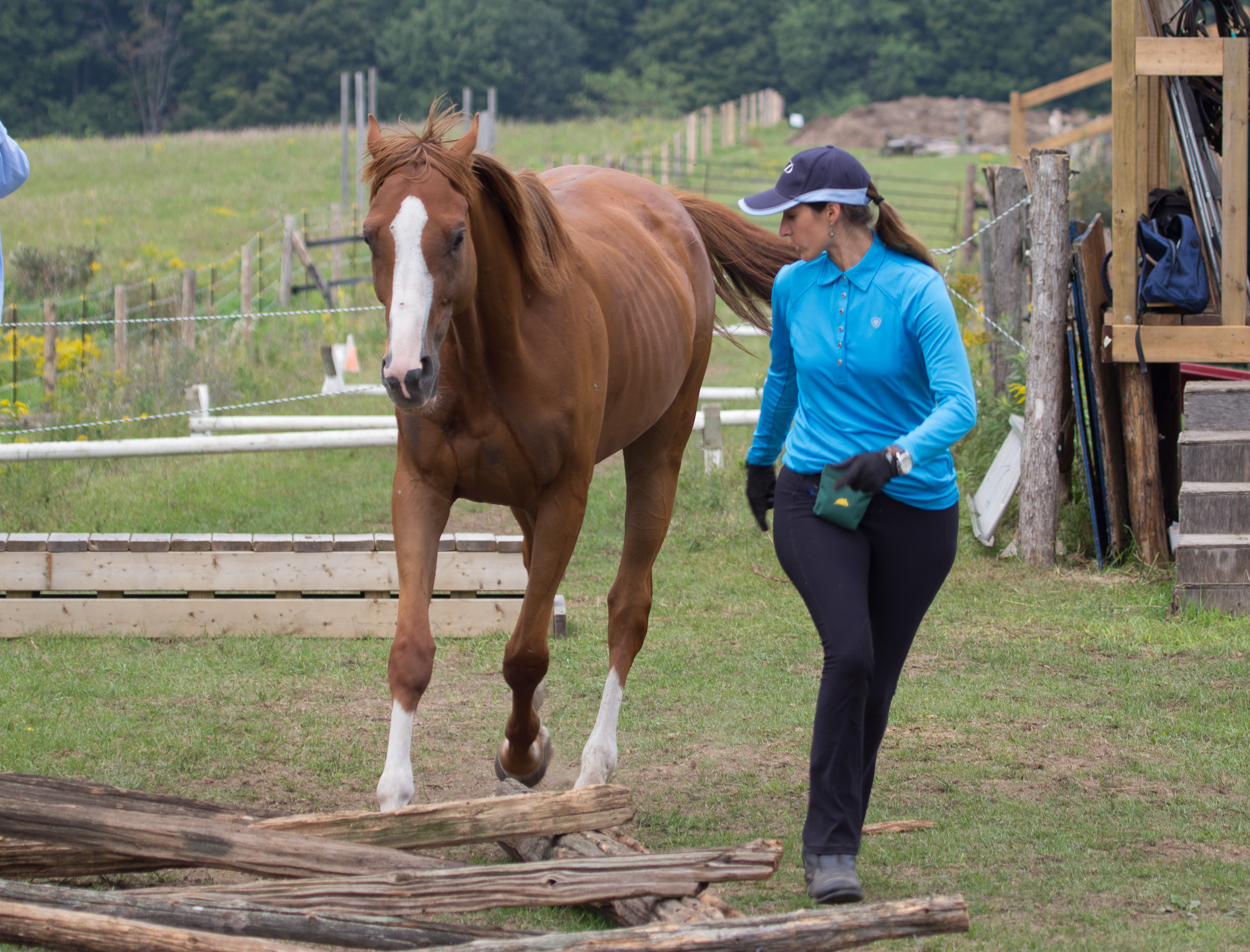
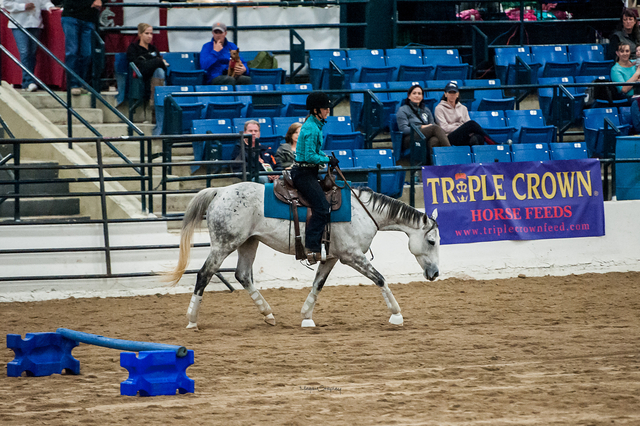 A natural horseman uses their knowledge about the horse to understand why the horse is not responding the way we want, and then use horse psychology to fix it.
A natural horseman uses their knowledge about the horse to understand why the horse is not responding the way we want, and then use horse psychology to fix it. 
